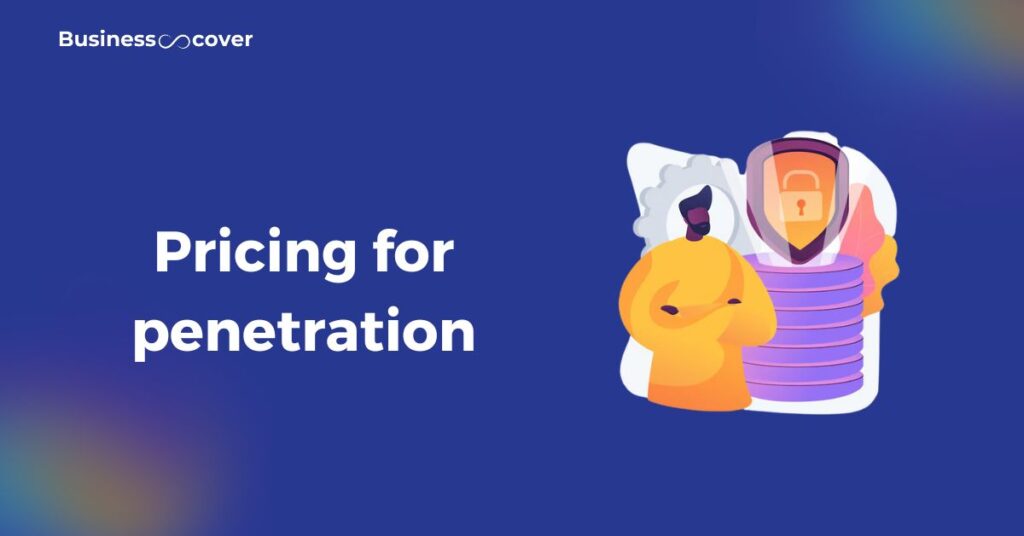pricing strategies – Whether launching a new project or running a long-established business, choosing the right pricing for your products or services is crucial. A well-planned pricing strategy helps maximize profits and attract new clients. Utilize financial reviews and insights, and understand various pricing strategies to make the best choice. Here are some pricing strategies and examples to try
1. Pricing for penetration

Penetration pricing involves setting a low price for a new product or service to quickly gain market share and attract customers. The goal is to enter the market aggressively, often by undercutting competitors, and then gradually raise prices once a loyal customer base is built.
This approach works well in competitive markets by attracting price-sensitive customers with low initial prices. However, it requires careful planning to avoid long-term profitability issues.
| Pros | Cons |
|---|---|
| Encourages fast product adoption by customers | Customers may come to expect consistently low prices |
| Drives significant sales volume | Can lead to reduced loyalty as it attracts price-sensitive buyers |
| High demand leads to quick inventory turnover | May spark competitive price wars |
| Promotes positive word-of-mouth | Low pricing might suggest inferior quality, damaging the brand’s reputation |

